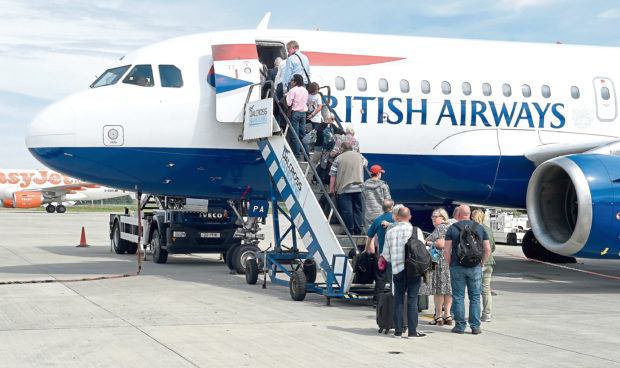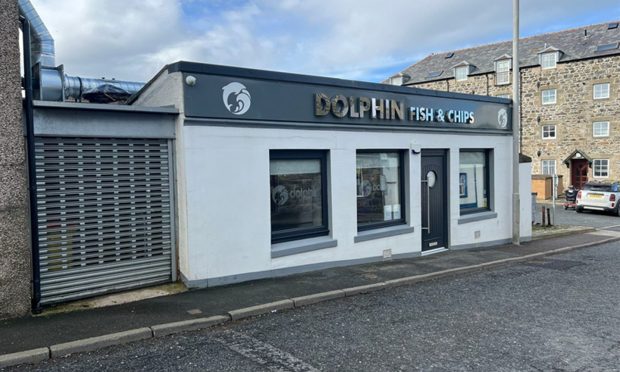Inverness Airport generates £33.3 million-a-year for the Highland and Moray economies and supports the equivalent of 748 full time jobs (FTEs), according to a new study.
The research, commissioned by development agency Highlands and Islands Enterprise (HIE) and Highlands and Islands Airports (Hial), also found that in-bound passengers last year spent £89m in the region, supporting a further 1,774 FTEs.
The project examined direct and supply chain impacts of the area’s main airport, including employment and expenditure of the Scottish Government-funded operator and other businesses associated with the facility.
Businesses questioned for the research said that a top future priority should be increasing the frequency of flights to Heathrow to twice daily to match the Gatwick route. The study also identified demand for new links to European hubs in Germany, France, Italy or Spain and direct flights to Scandinavia.
Carroll Buxton, HIE’s director of regional development, said: “This study evidences that Inverness Airport’s impressive growth over recent years has brought real benefits for the regional economy. Improved connectivity has enabled regional firms to expand and has been crucial in helping attract inward investment, as well as contributing to the ongoing success of the tourism sector.
“The feedback collated in this study is extremely useful in quantifying the impacts of this growth. The information gathered will be used to help inform future strategy and support route development.”
Inverness Airport general manager Graeme Bell, added: “These impressive figures further highlight the important role that Inverness Airport plays in supporting the Highland economy to prosper. Connectivity remains key to the success, and for HIAL, it is at the forefront of everything we do. With that in mind it is vital that we continue to invest in the services and routes and as this report demonstrates its good value for money.”
He continued: “Working with stakeholders, we are committed to supporting the essential socio-economic role of aviation in Scotland and the Highlands through the development of our airport facilities and routes.
“We have recently witnessed significant improvements both in business and tourism traffic, with new and additional flights to some of Europe’s busiest transport hubs, meaning the region is better connected by air than ever before. Passenger numbers continue to grow, year on year, and this impact study will be a key pillar for attracting new routes and further investment to the airport.”
Inverness is the fourth busiest airport in Scotland, with daily flights to destinations including London, Manchester, Bristol and Amsterdam. Passenger numbers have risen over the past decade to a record 875,000 in 2017. The 30% increase was greater than Glasgow, which has seen a 22% rise and Aberdeen, which has experienced a 6% decline.
Cabinet Secretary for Transport, Infrastructure and Connectivity Michael Matheson described the terminal as “a key driver of economic growth in the Highlands.”










